Cauli-Bean Cheesy Pasta
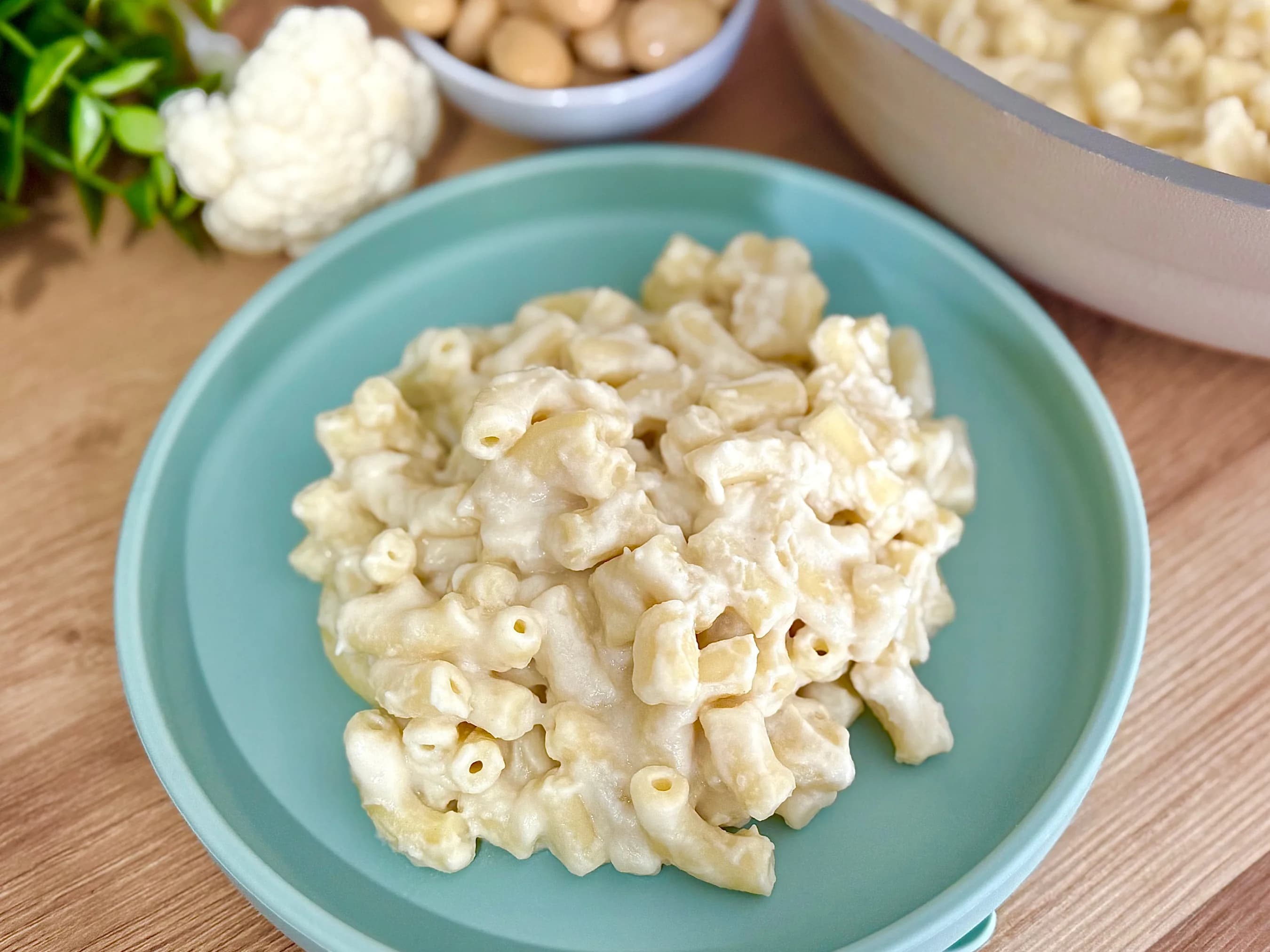
Written by Kenny Ekerin
Fact Checked by Mindsmaking Professionals
30th, July, 2025
This post may contain affiliate links. Please read our disclosure policy.
Creamy, comforting, and loaded with hidden veggies, this Cauli-Bean Cheesy Pasta recipe is perfect for babies and toddlers. A quick, healthy meal for the whole family.
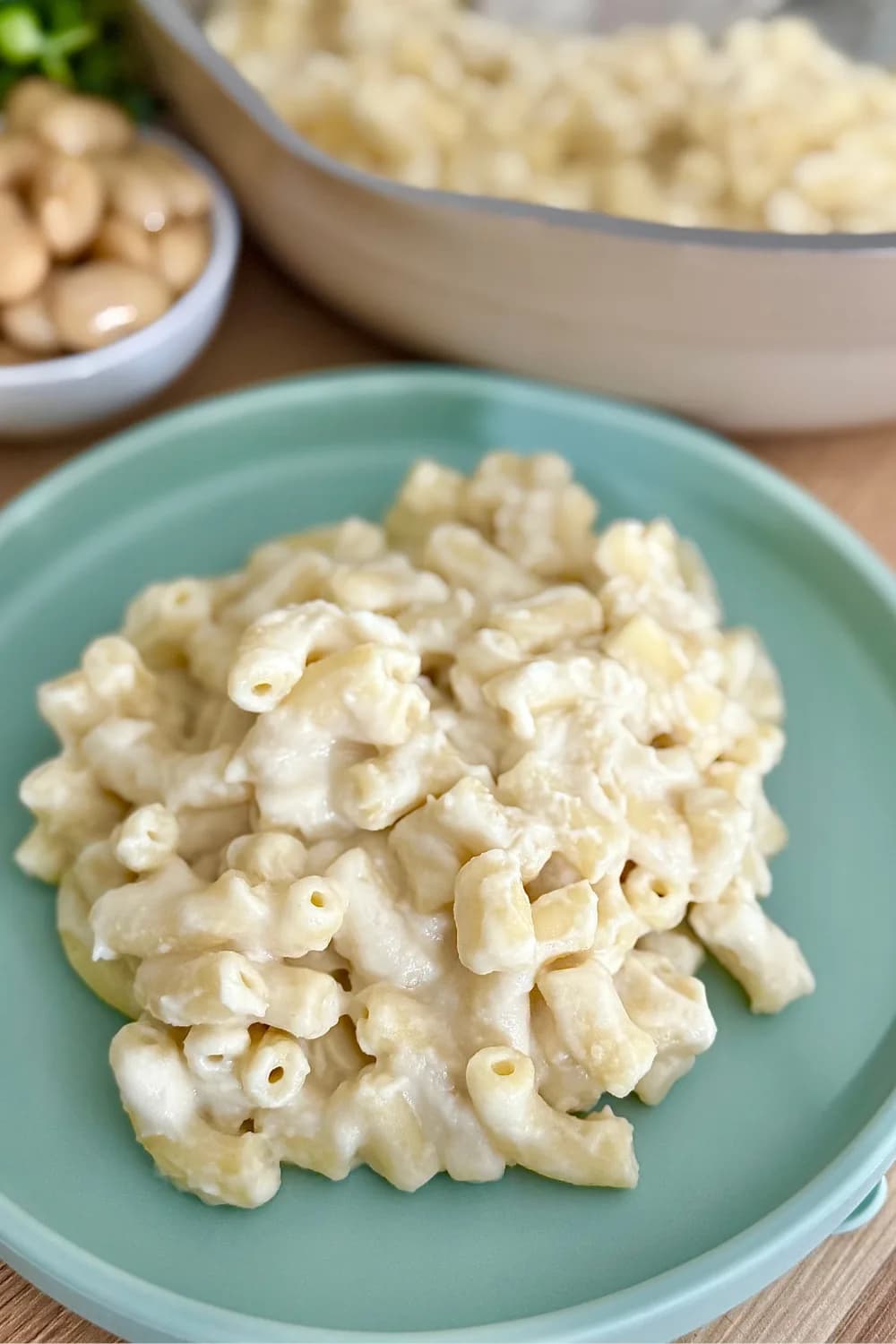
Creamy, cheesy, and sneakily full of veggies, this Cauli-Bean Cheesy Pasta recipe is a game changer for busy parents looking to nourish their little ones without a fuss. It blends soft cauliflower and protein-rich butter beans into a silky, cheesy sauce that clings beautifully to baby-friendly pasta shapes. You’d never guess how much goodness is hiding in each bite.
This dish is perfect for baby-led weaning from 6 months and equally loved by toddlers and older kids. It’s quick to whip up, freezer-friendly, and easy to adjust based on what you have on hand. Plus, the mild, creamy flavor makes it a hit even with picky eaters. Think mac-and-cheese, but better for you.
Why You'll Love This Creamy Dish
- Perfect for babies, toddlers, and adults alike
- Naturally soft, easy to chew, and great for self-feeding
- Packed with fiber, vitamins, and antioxidants
- Freezer-friendly and easy to prep ahead
- Customizable for food allergies or dietary preferences
- A sneaky way to add veggies to your child’s plate without the struggle
Prep time – 5 minutes
Cook time – 12–15 minutes
Yields – 3–4 portions
Freezable – Yes
Dietary Guidance – Vegetarian, Egg-free, Nut-free
How To Make This Dish
Ingredients
- 1 cup dry pasta (baby-friendly shapes like fusilli or penne)
- 1 cup cooked cauliflower florets
- ½ cup cooked butter beans (or any soft white beans)
- 1 tbsp cream cheese
- ½ cup reserved pasta water
- 1 tsp garlic powder
- ½ cup grated cheese (choose low-sodium cheese for babies)
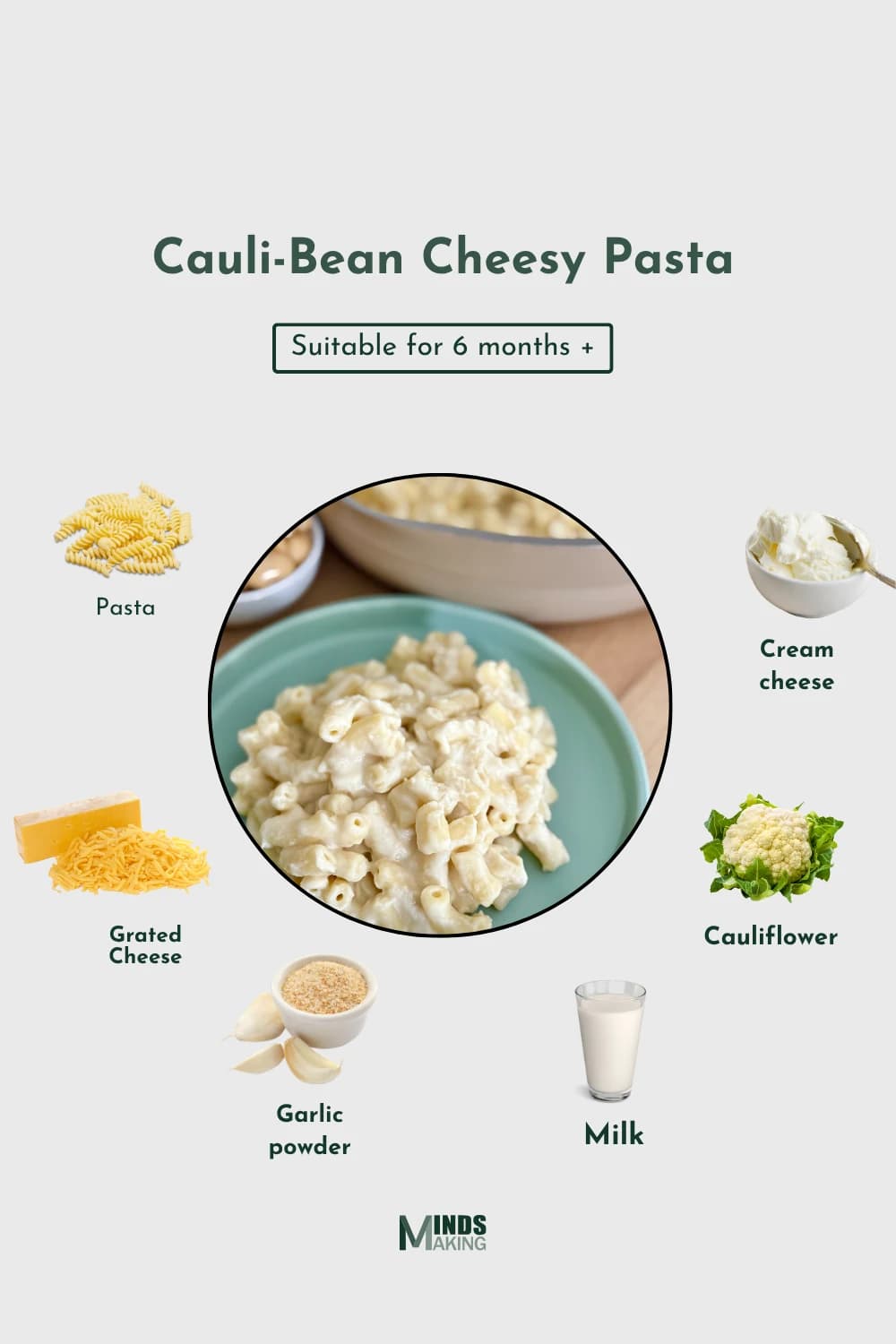
Read This Next

Recipe Ebook
Essential Guide to Starting Solids for Babies 6 Months+ - LBH Top 70 Baby Puree & Porridge Recipes eBook.
Start your baby’s solids journey with confidence using this "70 Baby Purees & Porridges" eBook! Created with care, this digital guide is packed with nutrient-rich recipes for babies 6 months and older, including purees and porridges tailored to each stage of your baby’s development.
Instructions
1. Cook the Pasta
Prepare 1 cup of pasta according to the package instructions. Before draining, reserve ½ cup of the pasta water. Drain the pasta and set aside.
2. Make the Sauce
In a blender or food processor, combine the cooked cauliflower, butter beans, cream cheese, garlic powder, and reserved pasta water. Blend until smooth and creamy. Add more water if needed for a looser sauce.
3. Combine and Heat
Return the cooked pasta to the pan. Pour in the sauce and add the grated cheese. Stir to coat the pasta evenly, then heat gently for 1–2 minutes until the cheese has melted and everything is warmed through.
4. Adjust Texture (if needed)
Add a splash of milk or water if the sauce thickens too much while heating.
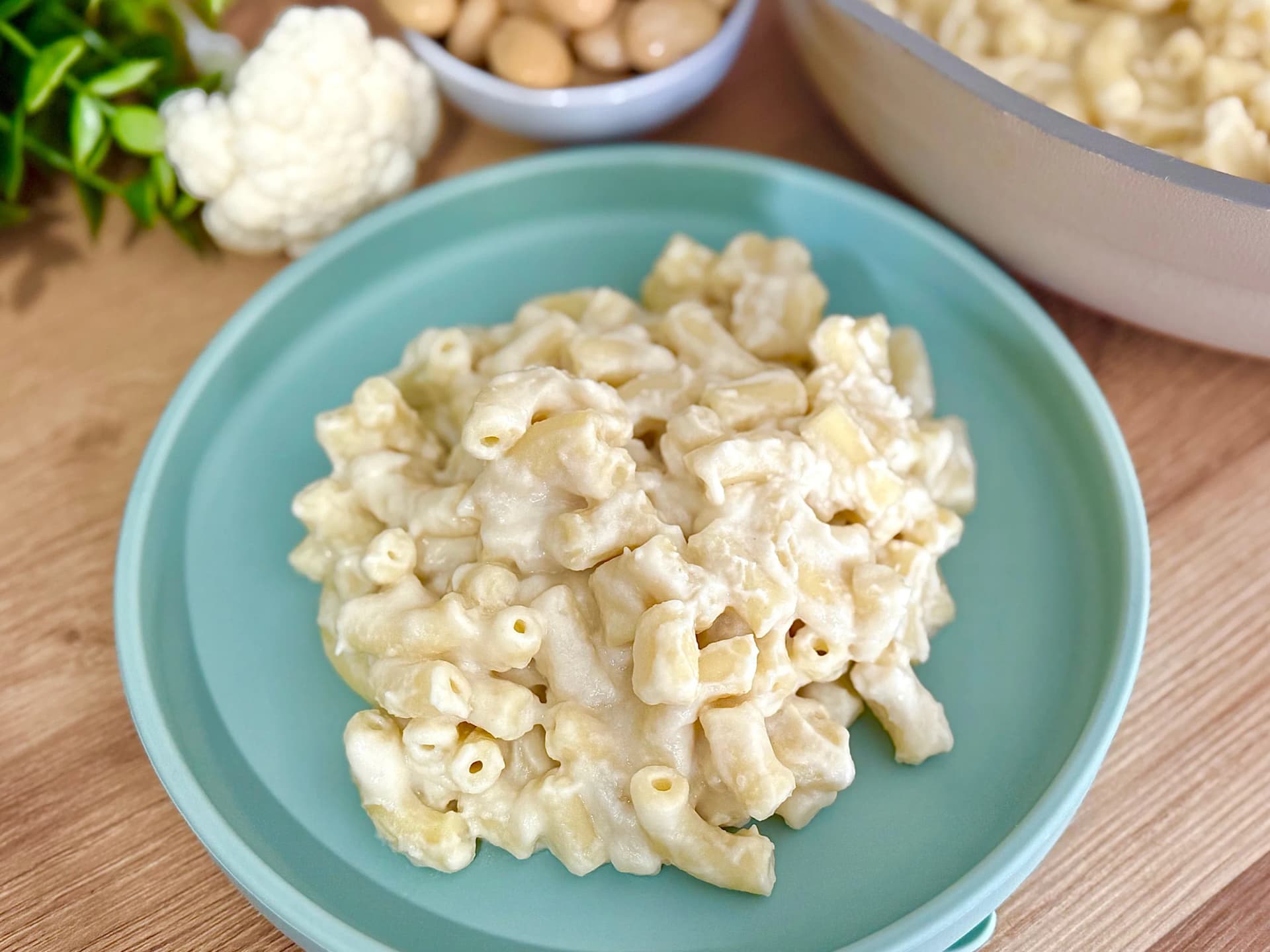
Tips For Success
Blend Thoroughly for Creaminess
Blending the cauliflower and beans until completely smooth is key to achieving that creamy, cheese-like texture that appeals to babies. This step ensures the sauce coats the pasta evenly and doesn’t contain any chunky bits that younger babies might struggle with.
Cook Pasta Until Very Soft (for babies)
For babies just starting solids (around 6 months), cook the pasta slightly longer than al dente, until it’s very soft and easy to gum. Use baby-friendly shapes like fusilli, penne, or small shells that are easier to grip and self-feed.
Always Save the Pasta Water
Reserved pasta water contains starch, which helps bind the sauce and gives it that silky, restaurant-style finish. It also adds a touch of salt (unless you’re using salt-free pasta), which can enhance flavor without extra seasoning.
Use Low-Sodium Cheese
For babies under 12 months, it's best to choose a low-sodium or reduced-salt cheese to protect their developing kidneys. Look for cheeses labeled as “mild” or “baby-friendly.” You can even use a mix of nutritional yeast and a little cheese to reduce sodium while keeping flavor.
Batch Prep the Sauce
This recipe is perfect for batch cooking. Double the sauce recipe, then freeze it in small containers or ice cube trays. That way, you can defrost just what you need and toss it with freshly cooked pasta for a quick, no-stress meal.
Serving Suggestions
For Babies (6–9 months)
Serve the pasta whole if using chunky shapes like penne or fusilli, as they’re easy for babies to grasp. If you're using smaller pasta or if your baby is still practicing swallowing, mash the pasta slightly or cut it into smaller pieces. Always supervise and serve in appropriate textures for your child’s developmental stage.
For Toddlers
Serve as a main meal alongside a few finger-friendly sides like steamed carrot sticks, avocado slices, or soft fruit. Toddlers often enjoy dipping, so offering a little bit of extra sauce on the side can make the meal feel more interactive.
For Older Kids and Adults
Add steamed broccoli florets, peas, or a sprinkle of extra cheese on top. This pasta also makes a great side dish for baked tofu, grilled chicken, or veggie patties.
How to Store
In the Fridge
Let any leftover pasta cool completely before storing. Transfer it to an airtight container and refrigerate for up to 2 days.
In the Freezer
It’s best to freeze just the sauce, as pasta can become mushy after freezing. Spoon the sauce into ice cube trays or small containers, freeze until solid, then transfer to a labeled freezer bag. It will keep for up to 2 months.
Reheating Tip
Always reheat gently and stir frequently. If the sauce separates or becomes too thick, simply add a splash of warm milk or water to smooth it out. Allow it to cool before serving to little ones.
Nutrition
(per serving, approximate):
- Calories: 220 kcal
- Carbohydrates: 30 g
- Protein: 9 g
- Fat: 7 g
- Saturated Fat: 3.5 g
- Polyunsaturated Fat: 0.5 g
- Monounsaturated Fat: 2 g
- Trans Fat: 0 g
- Cholesterol: 15 mg
- Sodium: 140 mg (may vary based on cheese used)
- Potassium: 320 mg
- Fiber: 4.5 g
- Sugar: 2 g
- Vitamin A: 290 IU
- Vitamin C: 22 mg
- Calcium: 120 mg
- Iron: 1.4 mg
Note: Nutritional values are estimates and may vary depending on pasta type, cheese, and bean variety used.
Frequently Asked Questions
Can I use frozen cauliflower instead of fresh?
Yes! Frozen cauliflower is just as nutritious and works perfectly. Steam or boil it until soft, then drain any excess moisture before blending. This helps prevent the sauce from becoming too watery.
Is this recipe baby-led weaning friendly?
Yes! It’s soft, easy to hold (when using baby-friendly pasta shapes), and full of familiar, mild flavors. It’s suitable for babies from 6 months, as long as they’re showing readiness signs like sitting up and bringing food to their mouths.
Can I use different beans?
Yes! Butter beans are soft and creamy, but other mild-flavored options like cannellini beans, navy beans, or even chickpeas (without skins) can work. Just make sure they’re cooked very soft before blending.
Can I make this recipe dairy-free?
Yes! You can use plant-based cream cheese and dairy-free shredded cheese alternatives. Just check labels to avoid added salt or sugar, especially for babies.
Can I add other vegetables to the sauce?
Yes! Steamed carrots, zucchini, sweet potato, or spinach can all be added. These boost the nutrition and variety.
What pasta shapes are best for little hands?
Fusilli, penne, rotini, and shells are great for baby-led weaning because they’re easy to pick up and hold. For younger babies still practicing, you can also chop the pasta into smaller pieces or mash lightly.
Can I prepare the sauce ahead of time?
Yes. This sauce can be meal-prepped beforehand. Make a large batch, portion it out, and freeze. It’s ready to go when you need a fast lunch or dinner, and reheats beautifully with a splash of milk or water.
What can I serve this with to make a full meal?
For babies and toddlers, you can pair with soft-cooked veggies or a slice of avocado. For older kids, serve with steamed greens, cherry tomatoes, or a fruit salad. It’s filling on its own, but pairing it with other colorful sides adds more nutrients to the plate.
Was this article helpful?
How many stars are you giving this article?
Leave a comment
Your email address will not be published.
Comments
More From Recipe
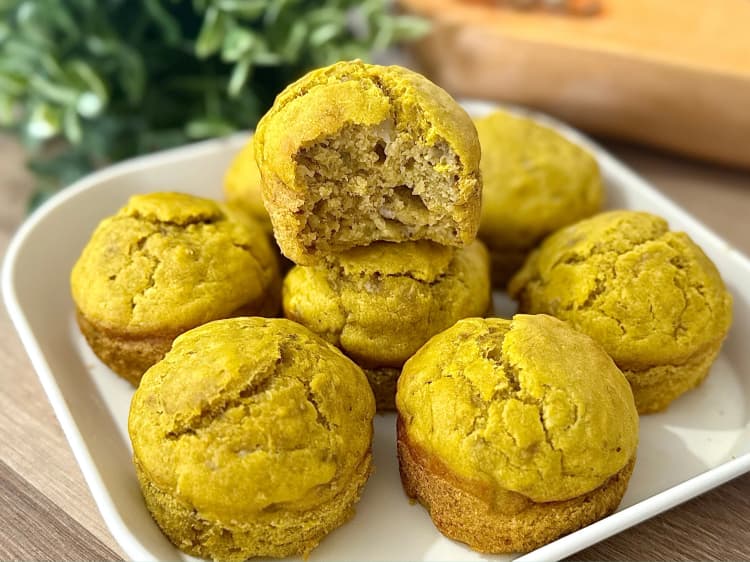
Easy Butternut Squash Muffins

Easy Homemade Strawberry Yoghurt

Berry, Banana & Pear Purée
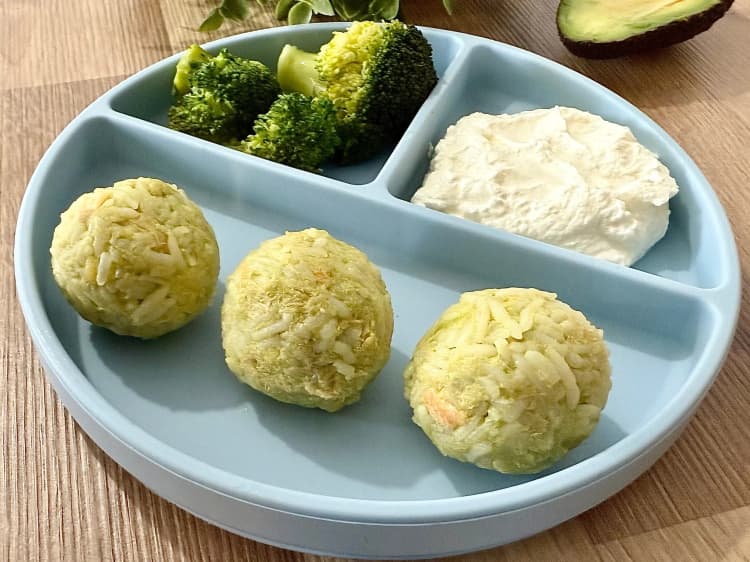
Salmon Avocado Rice Balls

Sweet Potato Corn Puree
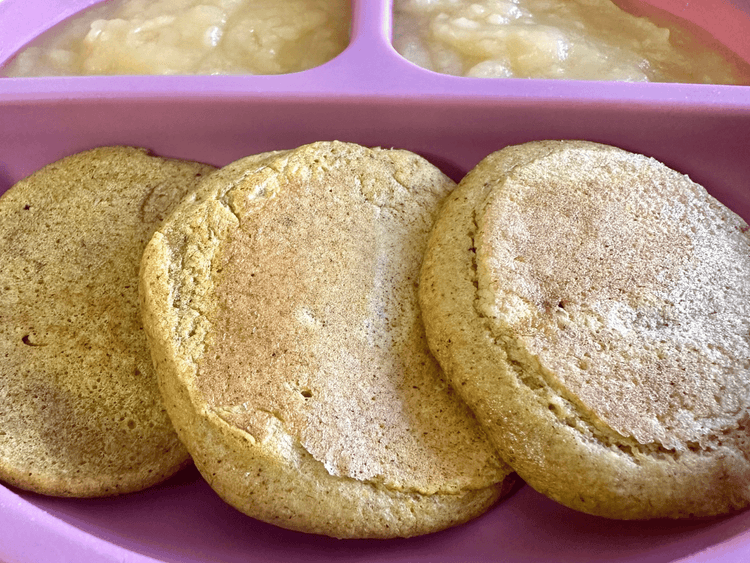
Carrot Oat Pancakes
Get new recipes to your inbox
Subscribe to our weekly newsletter and get new recipes sent to your inbox!